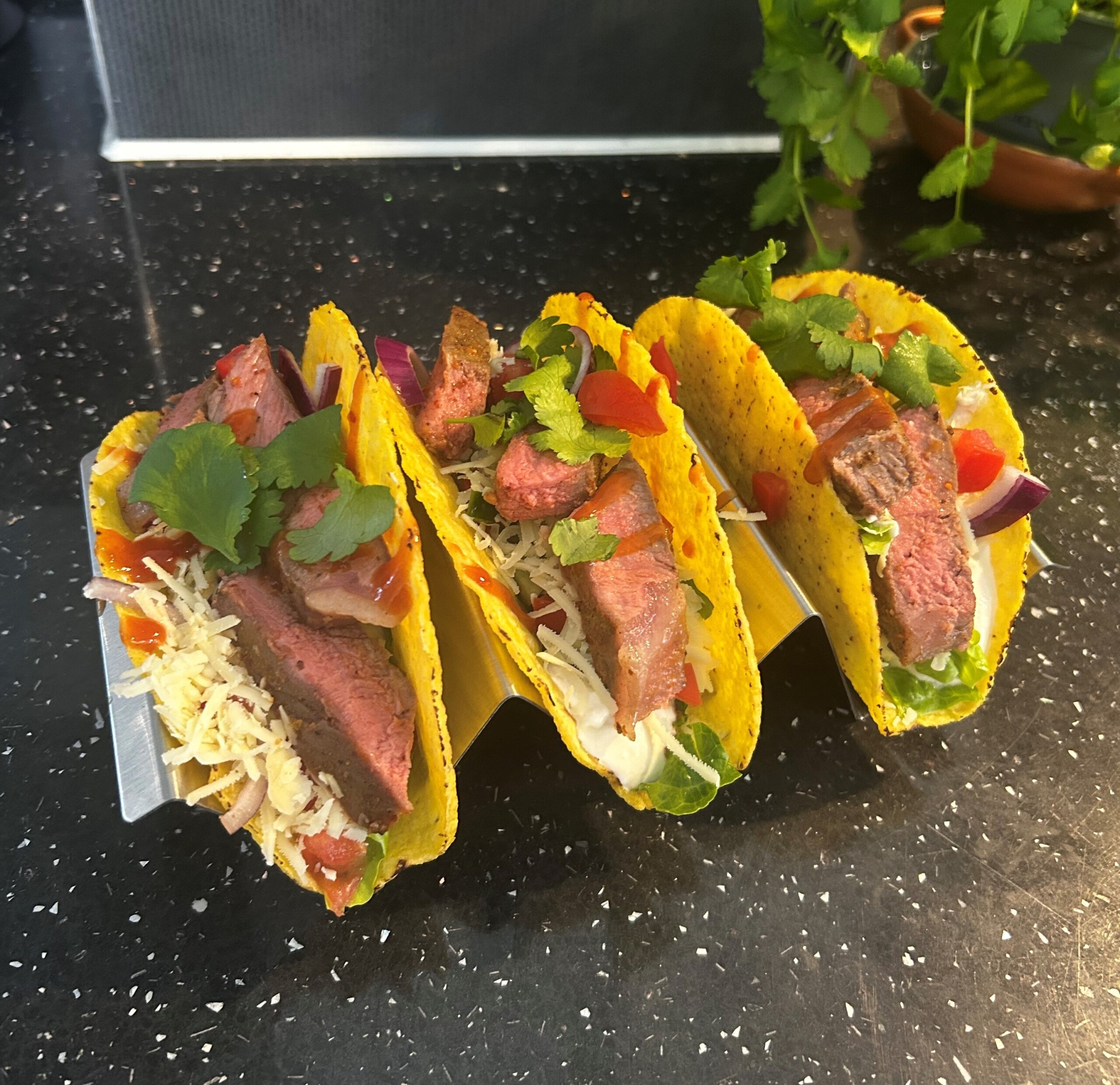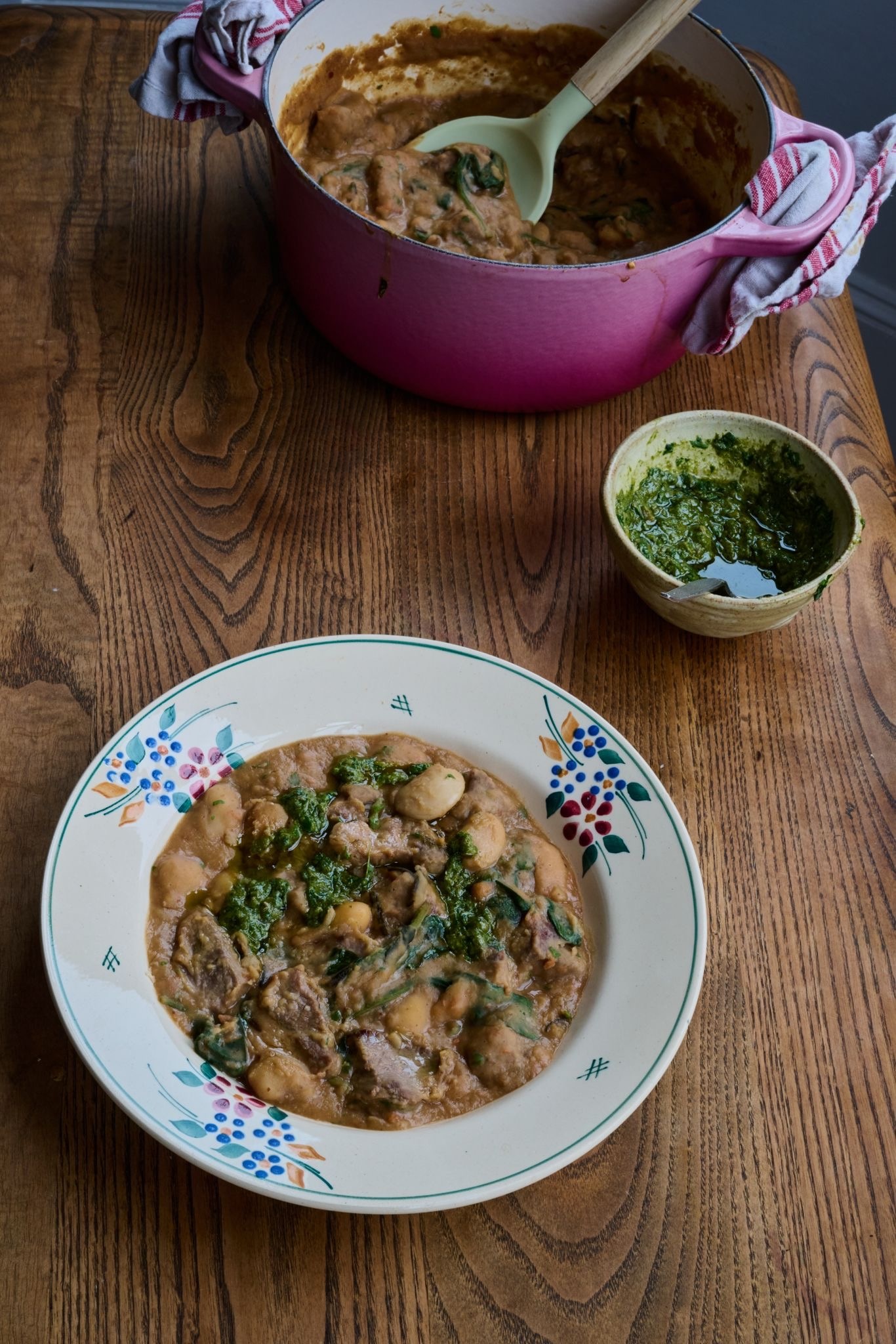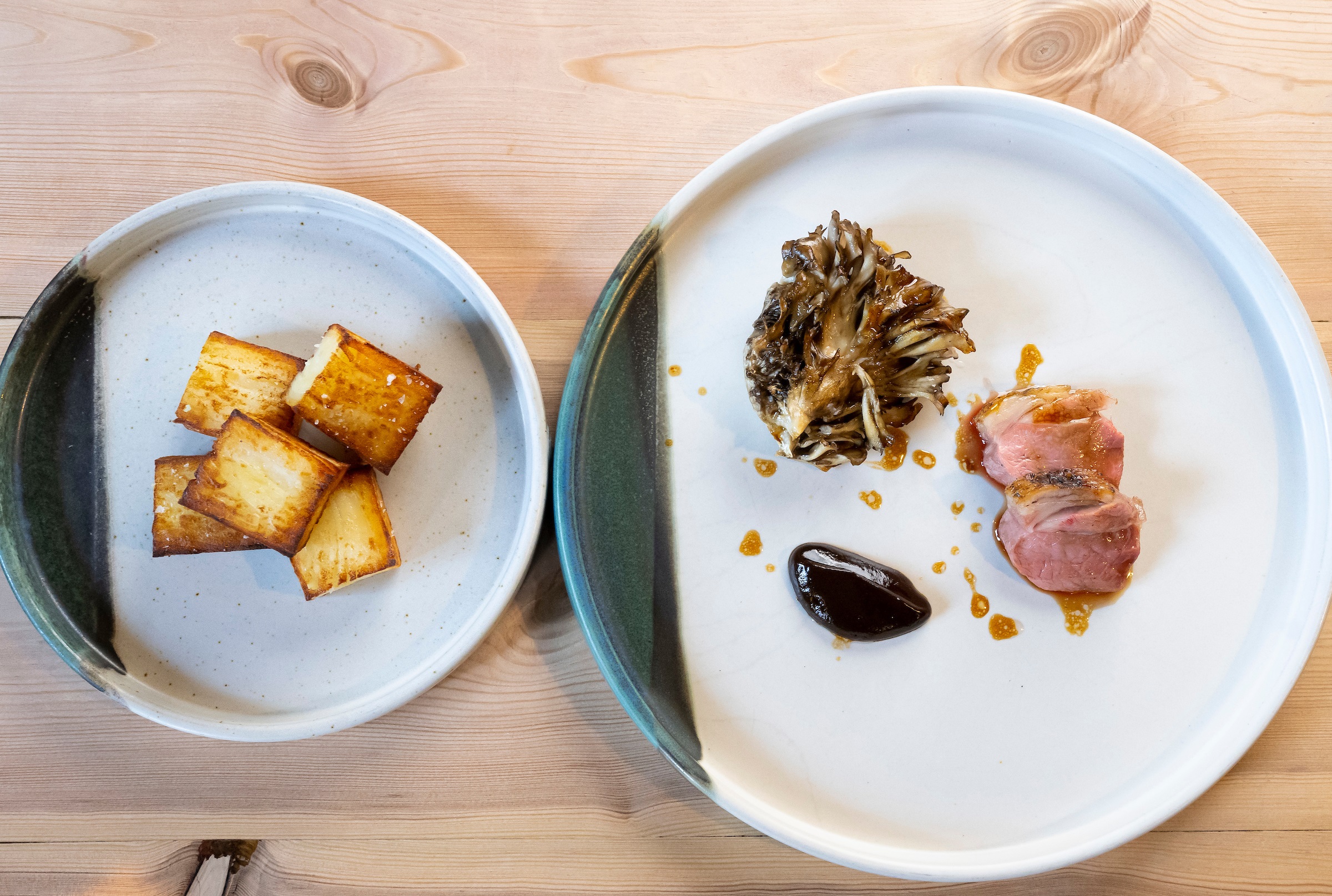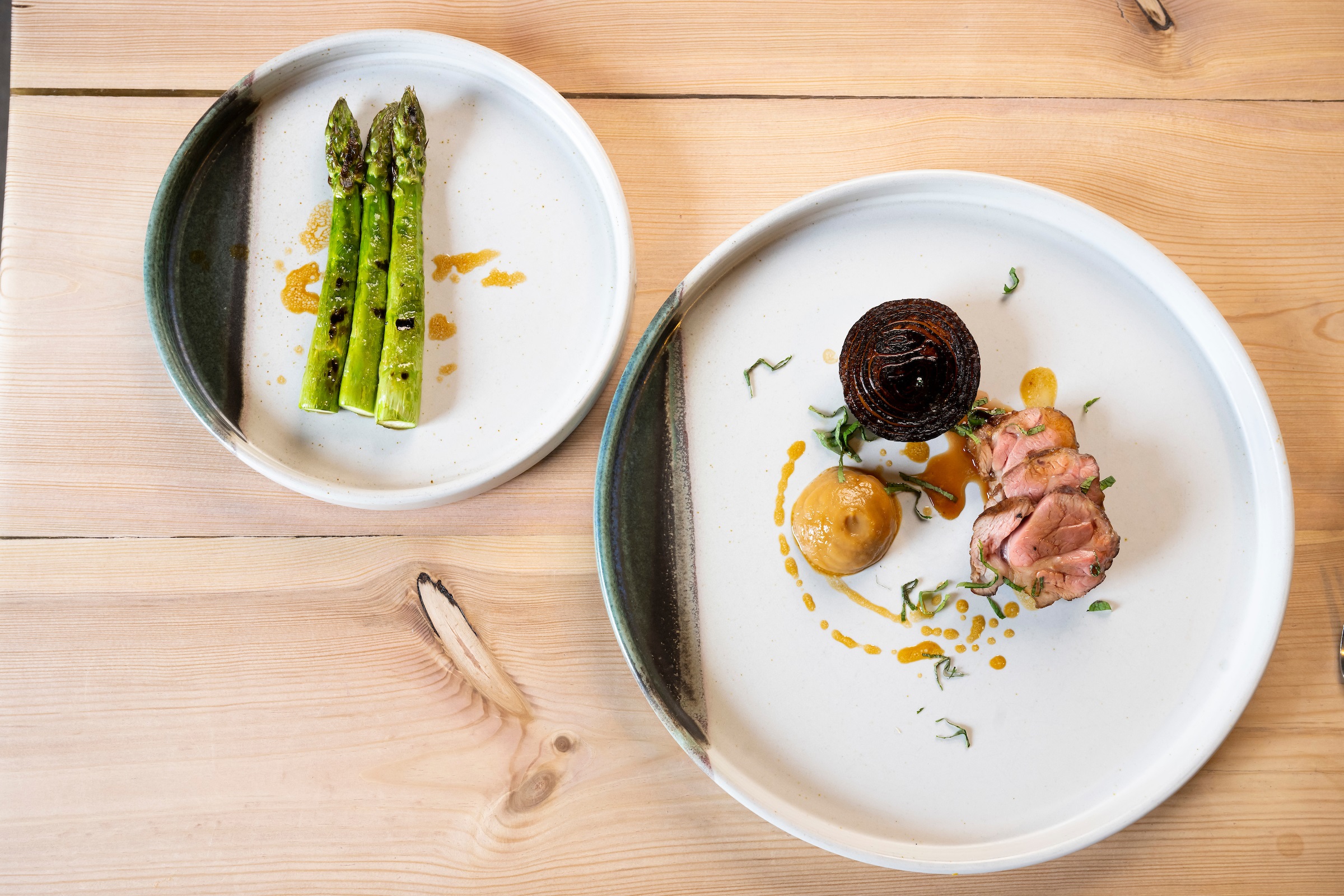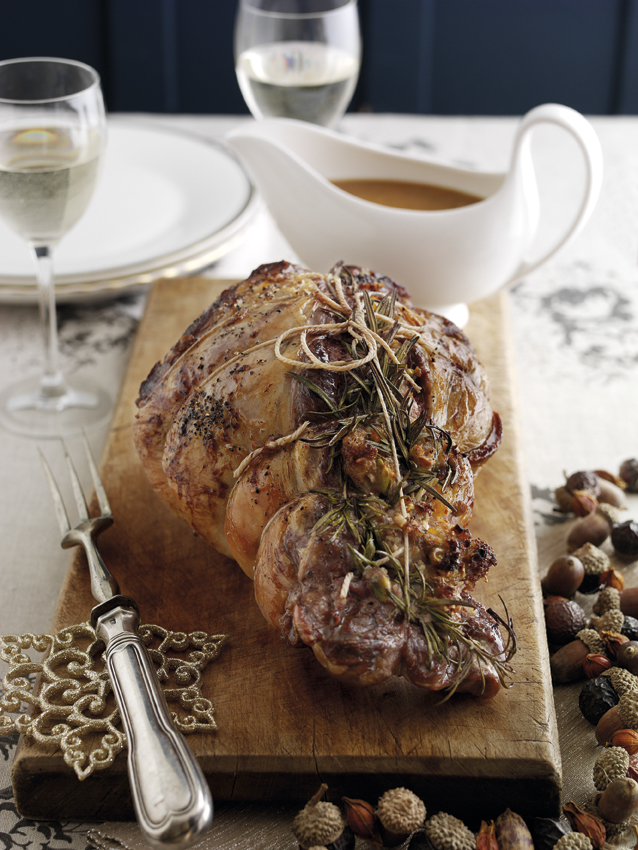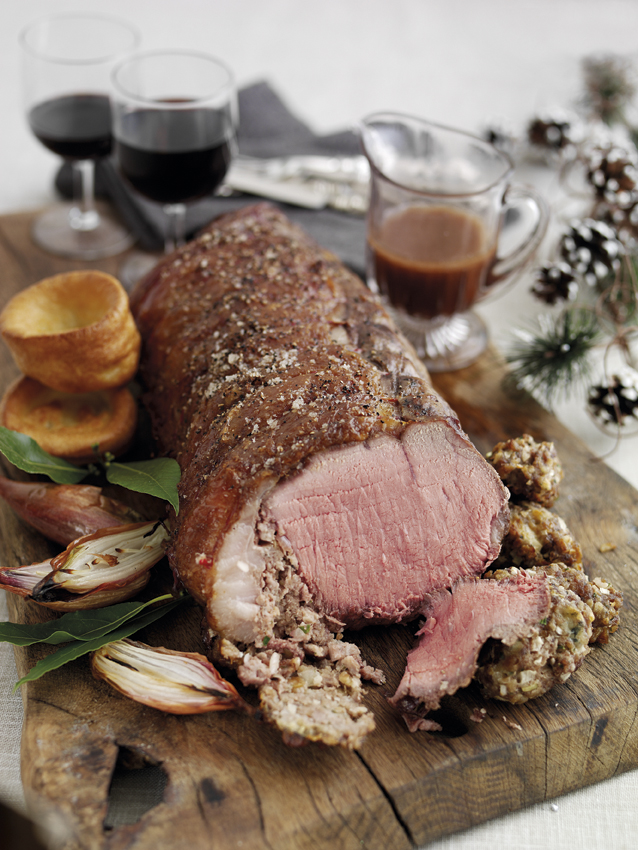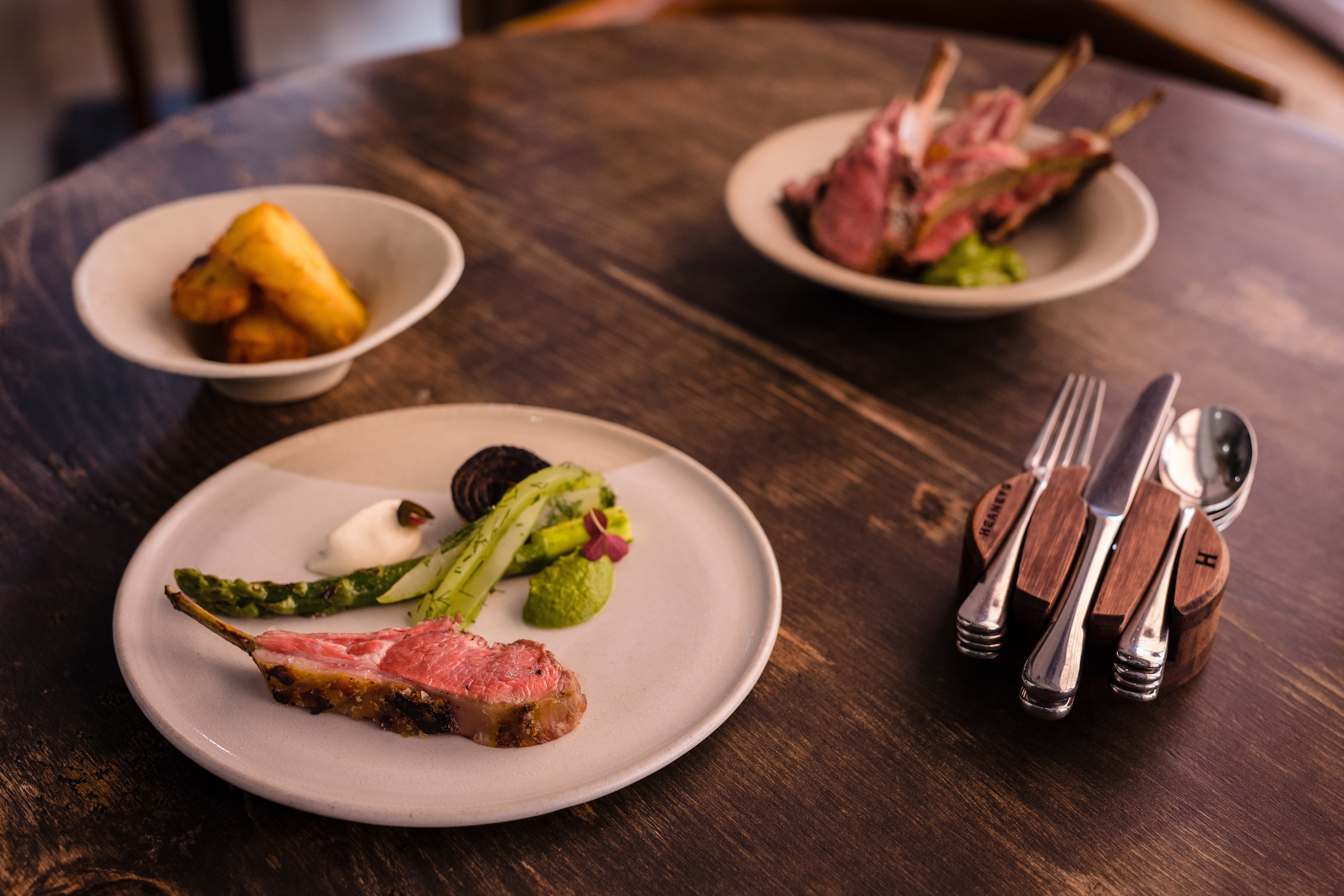A sizzling steak. A hearty beef lasagne. A spicy lamb kebab… with a little know-how, you’ll be amazed at how many nutritious and healthy meals you can prepare for you and your family using Welsh Lamb and Welsh Beef.
Helpful Cooking Tips
- When preparing and cooking red meat as part of a healthy balanced diet, adopt the following methods: grill rather than fry; trim off any fat; avoid using additional oil and get rid of extra melted fat.
- When buying red meat, look for lower fat and saturated fat content. Fully trimmed lean beef contains only 5% and lamb only 8%.
- Stir frying is also a good way to cook lean red meat as none or very little oil is added to the meat.
- For extra taste and succulence, marinated meat takes it to another level and helps tenderize tougher cuts of meat.
- When making casseroles or stew, you can skim off any fat on the surface before serving.
Recommended Intake
Portion control is vital for a healthy and balanced diet.
The NHS recommends eating up to 70g of cooked red and processed meat daily, which is just shy of 500g over the course of a week. It’s recommended that we limit our intake of processed meat such as bacon, ham, salami and smoked meats.
Choosing the Best Cooking Method
Understanding a little about the composition of meat will help you choose the best method of cooking a particular cut – do you flash cook it or slow cook? It will make all the difference to the flavour and tenderness.
Generally, the animal’s forequarter tends to do more work, so the cuts we get from there normally have a tougher texture and can contain more fat, which suits a slower, moist cooking method to enhance the flavour and tenderness. These include cuts such as chuck beef steak, beef brisket, shin beef and breast and neck of lamb.
Some of the cuts we get from the middle or hindquarters tend to do less work and are generally more tender. These include beef steaks such as sirloin, fillet, rib-eye, tomahawk and rump, along with lamb cuts such as leg steaks, loin chops, rack and chump steaks. These suit quick cooking methods such as grilling, frying, BBQ and griddling. Larger cuts such as topside of beef, boned and rolled rib of beef, sirloin joint, lamb leg and lamb rumps are more suited for dry roasting, whilst lamb shanks and silverside of beef suit slower cooking methods.
Also look out for newer beef steak cuts which are generally cheaper but are packed with incredible flavour, have good marbling, are succulent and suit quick cooking methods – cuts such as featherblade (flat iron), hanger steak (onglet), picanha, bavette, tri tip and denver.

